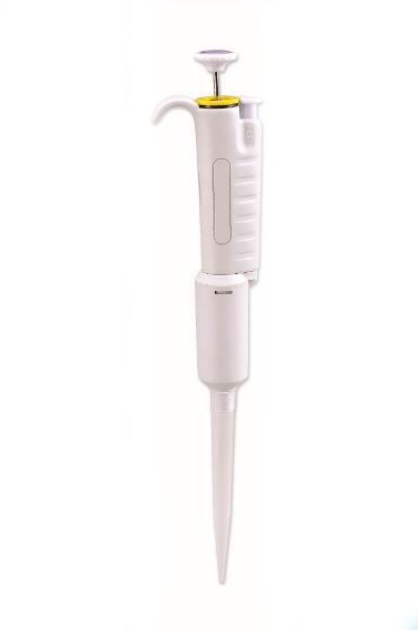Pipettes are a very useful tool for the laboratory, but they must be used with care to ensure accurate measurement. Although there are different types and sizes of pipettes, the most common are the 5, 10 and 25 mL pipettes. The 5 mL pipettes are generally used for drawing small samples, while the 10 and 25 mL pipettes are used for drawing larger samples. However, 25 mL pipettes are more difficult to use and require more skill.
Pipettes are one of the most basic and essential pieces of equipment in any laboratory. They are used to measure and transfer small amounts of liquids, and come in a variety of shapes and sizes to suit different needs.
At Kalstein we offer a wide range of pipettes, and our team of experts is always on hand to help you choose the right pipette for your needs.
Pipette Qualities
Pipettes are made of glass or plastic and have a long, thin body with a bulb at one end. The bulb is used to draw the liquid, and the liquid is dispensed by squeezing the bulb and releasing the liquid through the small opening in the tip of the pipette.
They are classified according to their accuracy and precision, with class A being the most accurate and precise. Class B and C pipettes are less accurate and precise, but are still suitable for many laboratory applications.
They are an essential tool in any laboratory and are used in a wide range of applications, such as measuring small amounts of reagents, transferring small volumes of liquids and dispensing liquids into test tubes or other containers.
Most pipettes are used with one hand, although special pipettes for two-handed use are also available. These pipettes are called “volumetric pipettes” and are used in the laboratory to measure precise amounts of liquid.
Instructions for use
To use a pipette, care must be taken not to touch the tip with any part of the body. If the tip is touched, it is necessary to clean it with alcohol before use. It is also important to make sure that the pipette tip is well inserted into the container containing the liquid to be measured. If the tip is not completely submerged, the measurement may not be accurate.
To extract a liquid sample from a container, place it in the container and then aspirate the liquid with the mouth. This is done by inserting the tip of the pipette into the liquid and then sucking out the air. The liquid will rise according to the amount of air sucked in.
Once it has been placed in the container with the liquid, the air must be expelled to allow the liquid to flow into the container. To do this, hold it at a vertical angle and then gently press the nozzle against the rim of the container.
Once the nozzle has been depressed, continue depressing so that the liquid flows to the bottom of the container. If a precise amount of liquid is to be measured, it is necessary to make sure that it is completely filled, which should be looked down through the pipette nozzle to verify that the liquid reaches the bottom of the nozzle.
Once the liquid has been extracted, the pipette tip should be cleaned with alcohol and then stored in a clean, dry place.
Kalstein pipettes
At Kalstein, we are manufacturers of the best laboratory equipment on the market, we offer the best technology for our users. We have the Pipettes, corresponding to the YR series, which are ideal for having a fixed volume air displacement with the selected volume displayed on a digital indicator (volume display). Capable of withstanding chemical contents. For more information, you can review our catalog HERE.We have the best advice, so that your purchase is ideal and at excellent prices. For more information, visit our website HERE

